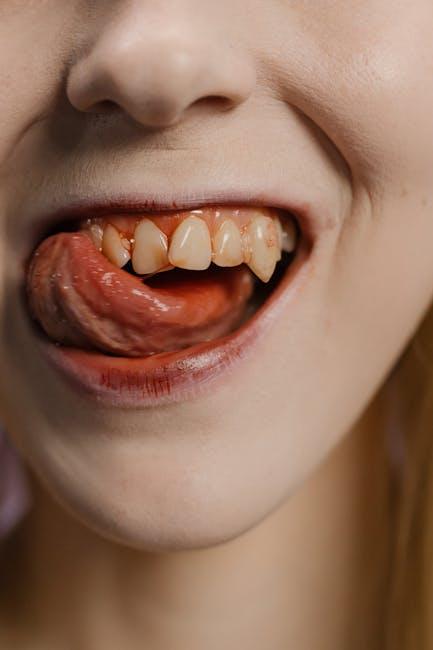
Does Medicaid Cover Dental? Orthodontics, Common Procedures & State Coverage
If you or a loved one are enrolled in Medicaid, you may be wondering, does Medicaid cover dental care? Dental health is an essential component of overall well-being, but coverage under Medicaid varies widely. In this comprehensive guide, we’ll break down what dental services Medicaid covers, including orthodontics, common dental procedures, and how coverage differs by state. Whether you’re a parent seeking braces for your child or an adult looking for dental treatment, understanding Medicaid dental benefits is vital.
Understanding Medicaid Dental Coverage
Medicaid is a state and federally funded program aimed at providing health coverage for low-income individuals and families. While medical benefits under Medicaid tend to be relatively consistent nationwide, dental coverage is somewhat different. Not all Medicaid programs cover dental care fully or in the same way, especially for adults.
Key points about Medicaid dental coverage:
- For Children: Under the Early and Periodic Screening, Diagnostic, and Treatment (EPSDT) benefit, Medicaid must provide comprehensive dental benefits for individuals under 21 years old. This includes routine checkups, cleanings, fillings, and often orthodontic services if medically necessary.
- For Adults: Dental coverage is optional and varies significantly by state. Some states offer extensive dental services, including preventive and restorative care, while others provide minimal or emergency-only dental services.
Does Medicaid Cover Orthodontics?
Orthodontics, such as braces and other teeth-straightening treatments, are often considered a luxury or cosmetic by many insurance plans. Medicaid tends to take a more conservative approach.
Orthodontics Coverage for Children
Many state Medicaid programs do cover orthodontic treatment for children and adolescents when there is a clear medical necessity — for example, severe malocclusion (bad bite), cleft palate, or other craniofacial anomalies that affect speech, eating, or overall health.
What to know about Medicaid and orthodontics for kids:
- Orthodontic treatment usually requires a formal medical necessity determination by a dentist or orthodontist.
- Some states use a scoring system to determine eligibility for orthodontics.
- Benefits vary: some cover partial costs while others cover the full cost of braces.
Orthodontics Coverage for Adults
Orthodontic coverage for adults under Medicaid is rare and typically very limited, even in states with good adult dental benefits. Cosmetic orthodontics are almost always excluded.
Common Dental Procedures Covered by Medicaid
Medicaid dental benefits often include several key procedures, especially for children. Coverage may include but is not limited to:
- Routine dental exams and cleanings
- X-rays and diagnostics
- Fillings and sealants
- Tooth extractions and oral surgery
- Root canals (endodontics)
- Periodontal treatment (gum disease care)
- Dentures or partial dentures
Whether these procedures are covered for adults depends largely on your state Medicaid program.
State-by-State Medicaid Dental Coverage Overview
State Medicaid programs decide what dental benefits to include beyond federally required benefits for children. Below is a general breakdown of how states cover adult Medicaid dental services:
| Coverage Type | Description | Number of States Offering |
|---|---|---|
| Extensive Adult Dental Coverage | Includes preventive, restorative, orthodontics, dentures, etc. | Approximately 15 states |
| Limited Adult Dental Coverage | Only basic services like extractions, emergency treatment, and limited diagnostics | About 20 states |
| No Adult Dental Coverage | Dental services not covered for adults | 10+ states |
Examples of states with extensive Medicaid adult dental coverage: California, New York, Illinois, New Jersey, and Colorado.
States with minimal or emergency-only dental benefits for adults: Texas, Florida, Alabama, and Missouri.
Benefits of Medicaid Dental Coverage
Access to dental coverage under Medicaid, especially for children and eligible adults, can offer significant health and financial benefits, such as:
- Improved Oral Health: Early detection and treatment prevent costly and painful dental problems later.
- Better Overall Health: Gum disease is linked to systemic conditions like heart disease, diabetes, and pregnancy complications.
- Financial Relief: Medicaid covers costs that might otherwise be prohibitive for low-income families.
- Increased Confidence and Quality of Life: Treating dental issues, including orthodontics, can improve self-esteem and social interactions.
Practical Tips to Maximize Your Medicaid Dental Benefits
- Know Your State’s Rules: Visit your state Medicaid website or contact your local Medicaid office to find out exactly what dental benefits you’re eligible for.
- Schedule Regular Visits: Preventive care helps avoid costly treatments later.
- Use Medicaid-Approved Dentists: Not all dentists accept Medicaid, so seek providers who do to maximize your benefits.
- Document Medical Necessity: For orthodontics, ensure your dentist or orthodontist completes all required evaluations and paperwork.
- Appeal Denials: If coverage for a needed procedure is denied, you can usually appeal the decision through your state’s Medicaid program.
Case Study: Medicaid Dental Coverage Experience in New York
Sarah, a mother of two in New York, shares her experience:
“Medicaid covered my son’s braces after his orthodontist explained his severe bite issues to Medicaid. The process took patience, but the coverage saved us thousands. My daughter regularly gets checkups, cleanings, and sealants all covered fully by Medicaid, ensuring their dental health remains strong without breaking our budget.”
Conclusion
Does Medicaid cover dental? The answer depends on your age, state, and specific situations. For children under 21, Medicaid guarantees comprehensive dental benefits, including orthodontics when medically necessary. For adults, coverage varies widely across states, from full dental services to emergency-only care or none at all.
Knowing the details of your Medicaid dental benefits, staying proactive with dental visits, and understanding how to navigate coverage limitations can make a significant difference in your oral health and quality of life.
For the most current and personalized information, always check with your state Medicaid office or use online resources such as HealthInsurance.org.


